《书法艺术:简单入门》是一本介绍书法艺术的入门书籍,它以简洁明了的方式向读者展示了如何掌握这门古老而优雅的艺术。书中首先介绍了书法的基本概念和历史背景,然后逐步引导读者学习如何选择合适的笔、墨和纸张,以及如何掌握正确的握笔姿势和运笔技巧。书中还提供了大量的练习示例和指导,帮助读者在实践过程中不断改进和提高。通过这本书的阅读和练习,读者可以逐渐领略到书法的魅力,并培养自己的审美能力和艺术修养。无论是初学者还是有一定基础的书法爱好者,这本书都是一本非常实用的指南,可以帮助他们更好地掌握这门艺术。
In the vast realm of visual arts, calligraphy stands as a unique practice that combines the elegance of handwriting with the depth of cultural heritage. It is an art form that transcends language barriers, uniting people through the shared appreciation of beauty in form and expression. This brief introduction to calligraphy aims to shed light on its origins, techniques, and significance in both contemporary and historical contexts.
Origins of Calligraphy
Calligraphy, derived from the Greek words "kalli" (beautiful) and "graphy" (writing), has its roots deeply embedded in ancient civilizations. The earliest forms of calligraphic practices can be traced back to the cuneiform script used by the Sumerians around 3200 BCE, followed by the hieroglyphs of Egyptians and the cursive scripts of ancient China. These early systems not only served as a means of communication but also as a form of artistic expression, reflecting the cultural values and aesthetics of their respective societies.
Techniques in Calligraphy
Calligraphy encompasses a wide range of techniques, each with its own unique style and purpose. The most fundamental distinction lies between calligraphy as a decorative art and scriptography, which focuses on the practicality of writing for communication.
Traditional Chinese Calligraphy: Practiced with a brush dipped in ink on rice paper, it emphasizes the flow and rhythm of strokes, utilizing five basic strokes: horizontal, vertical, diagonal, upstroke, and downstroke. Styles range from the elegant Song (Song Dynasty, 960-1279 CE) to the bold and vigorous Seal Script (Xingshu).
Japanese Calligraphy (Koushiki): Similar to Chinese calligraphy but with its own distinct styles and materials. It utilizes a brush called "sumi" and special ink called "sumi-e," which creates a rich black color on paper. The art is deeply rooted in Zen philosophy, emphasizing tranquility and meditation in the process of writing.
Western Calligraphy: While not as ancient as its Eastern counterparts, Western calligraphy has its roots in classical antiquity, evolving into the decorative scripts of the Renaissance and beyond. It utilizes nibs of varying widths for different effects, from the flowing cursive to the precise and angular block letters.
Materials and Tools
The tools of calligraphy are as important as the technique itself. For traditional Chinese calligraphy, a goose or deer hair brush is preferred for its elasticity, while ink made from pine soot and animal glue is used for its rich blackness. Rice paper is chosen for its translucent quality that allows for multiple layers of ink without showing through. In Western calligraphy, a variety of nibs and quills are used in fountain pens or dip pens, with ink bottles ranging from traditional black to more modern colors and shades.
Significance and Applications
Beyond its aesthetic appeal, calligraphy holds immense cultural and practical significance. It serves as a medium for personal expression, allowing individuals to convey their emotions and ideas through the very act of writing. It is also a formidable tool for learning patience, focus, and control over one's movements.
In contemporary society, calligraphy has found new life in various applications. From personalized wedding invitations to corporate logos and even digital interfaces, its elegant forms are used to add a touch of sophistication to everyday life. Moreover, it is a valuable part of cultural preservation and education, helping to pass down traditions and historical knowledge through the art of writing.
Conclusion
In essence, calligraphy is more than just the art of beautiful writing; it is a living testament to human creativity, cultural continuity, and personal expression. Whether practiced for centuries by monks in monasteries or enjoyed by modern-day enthusiasts in their living rooms, calligraphy continues to captivate hearts and minds alike. Its simplicity in technique belies its profound impact on our understanding of beauty, history, and the human spirit. As we continue to explore new ways to communicate in a digital age, the art of calligraphy remains a timeless reminder of the enduring power of handcrafted beauty.

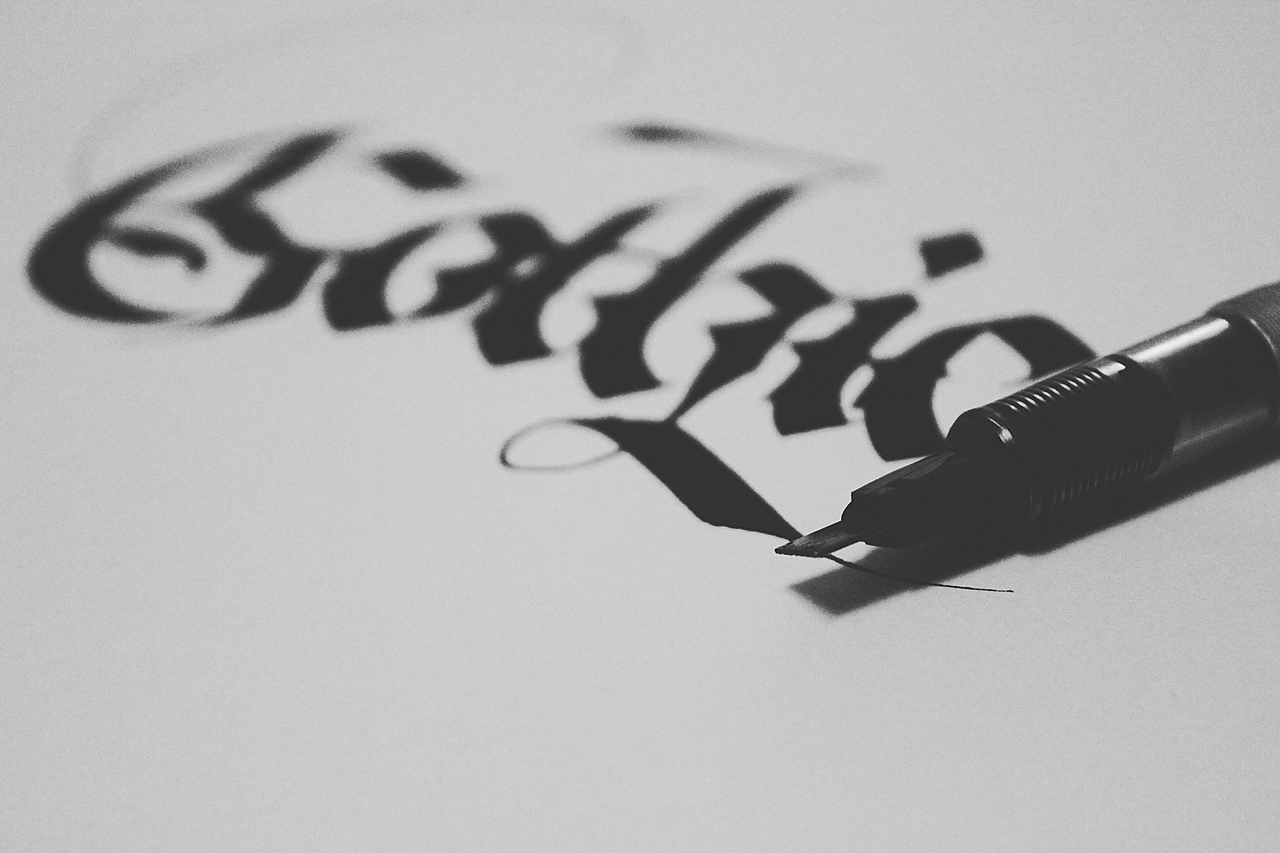

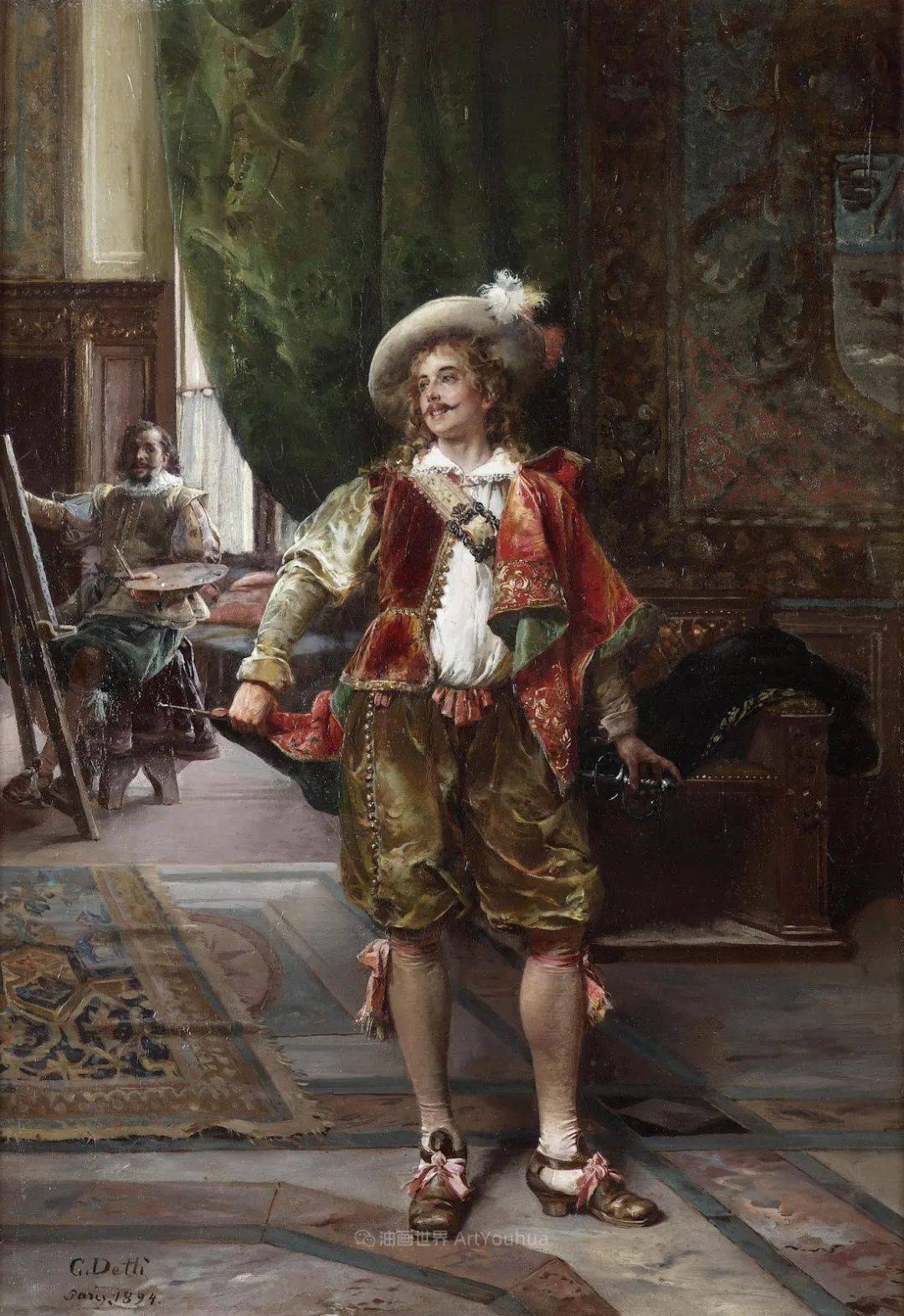
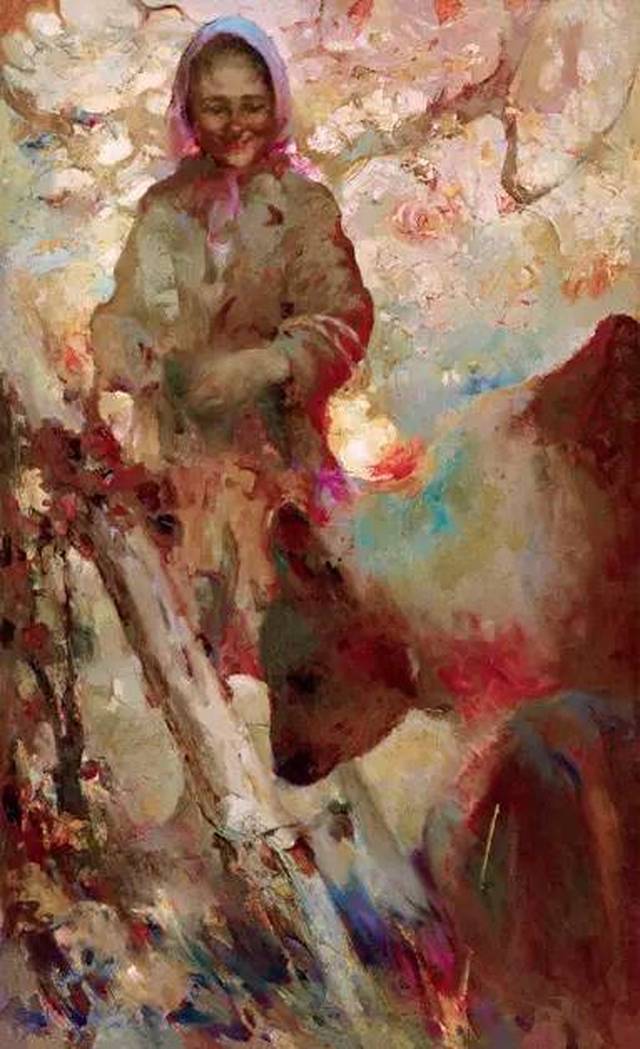
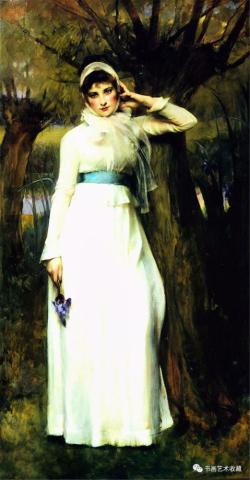
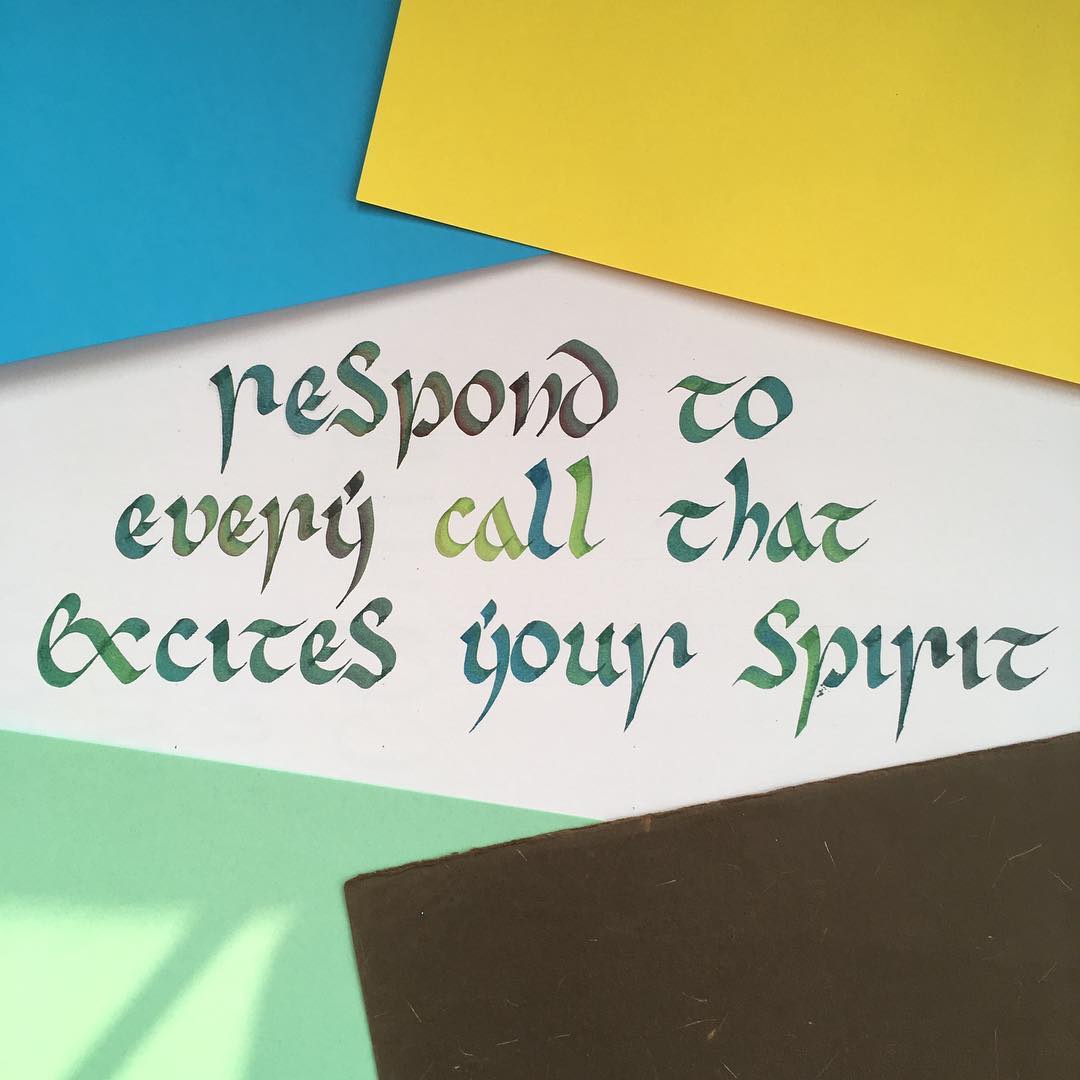
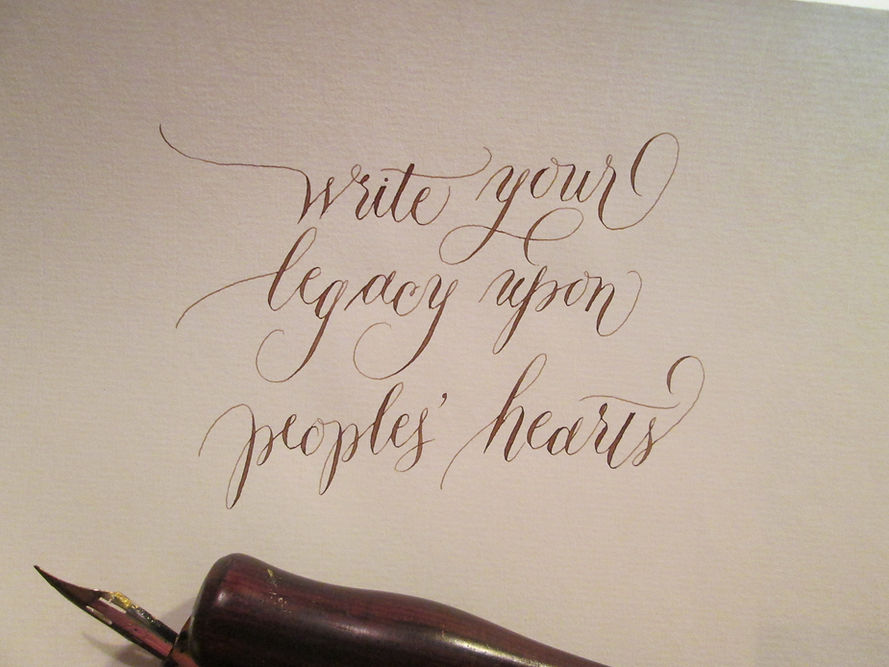


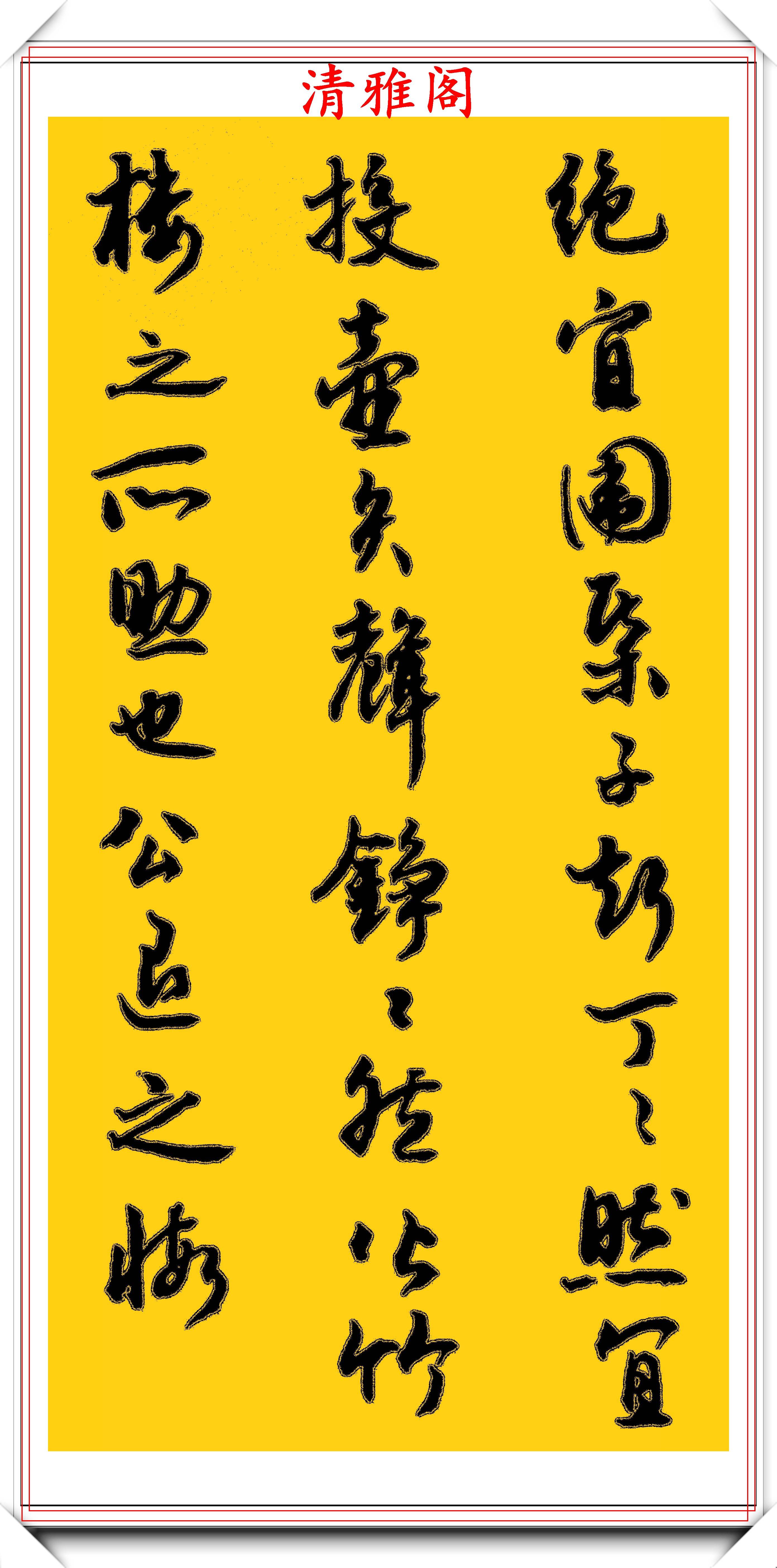
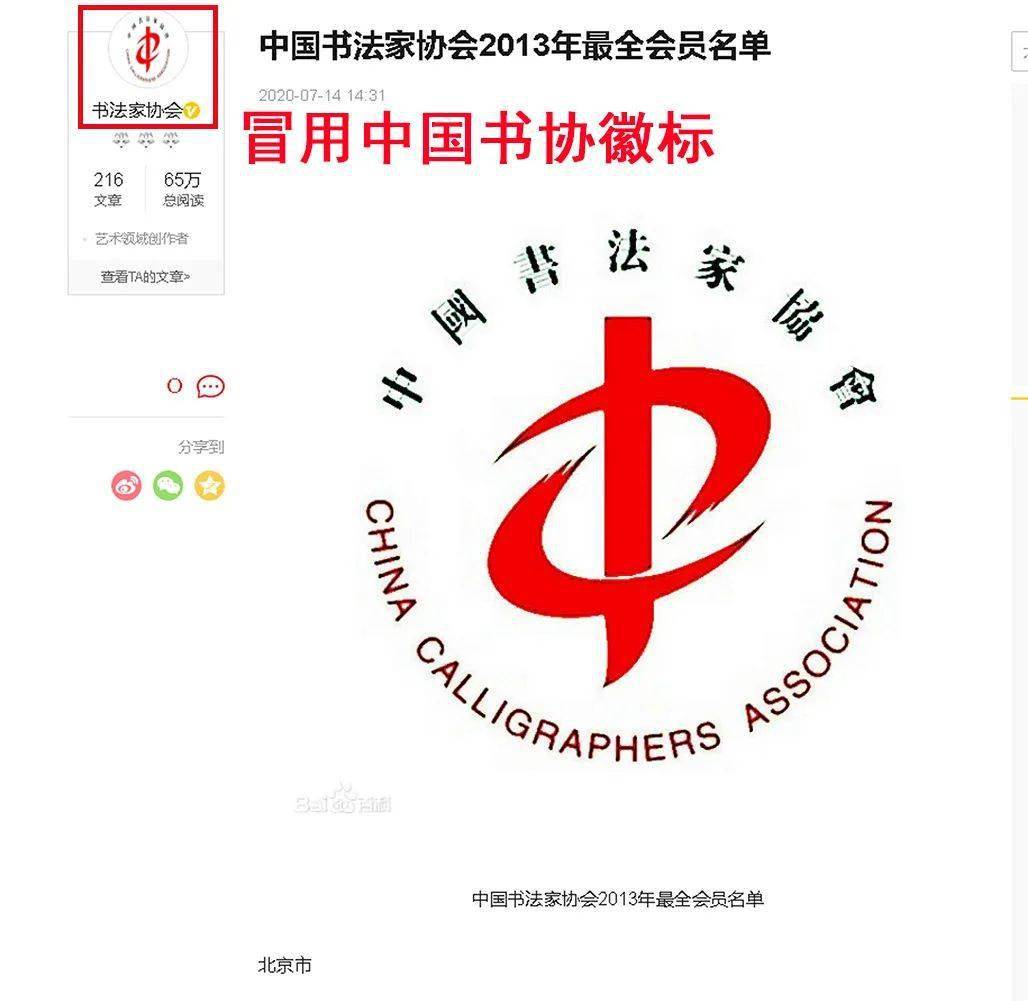
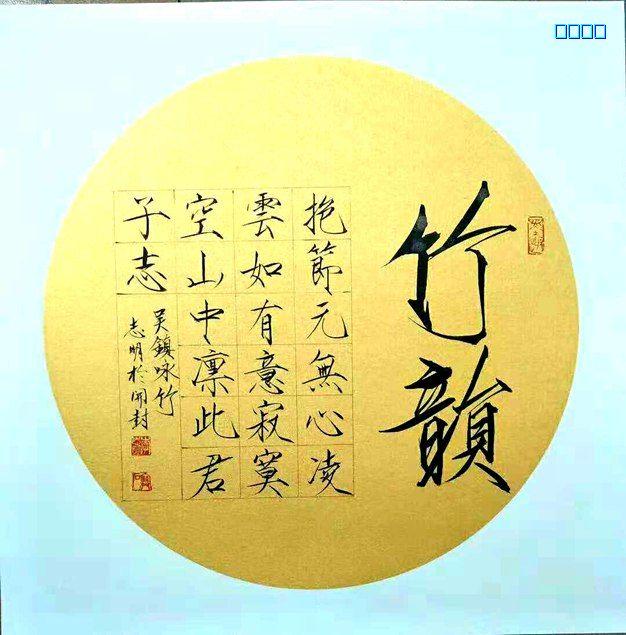

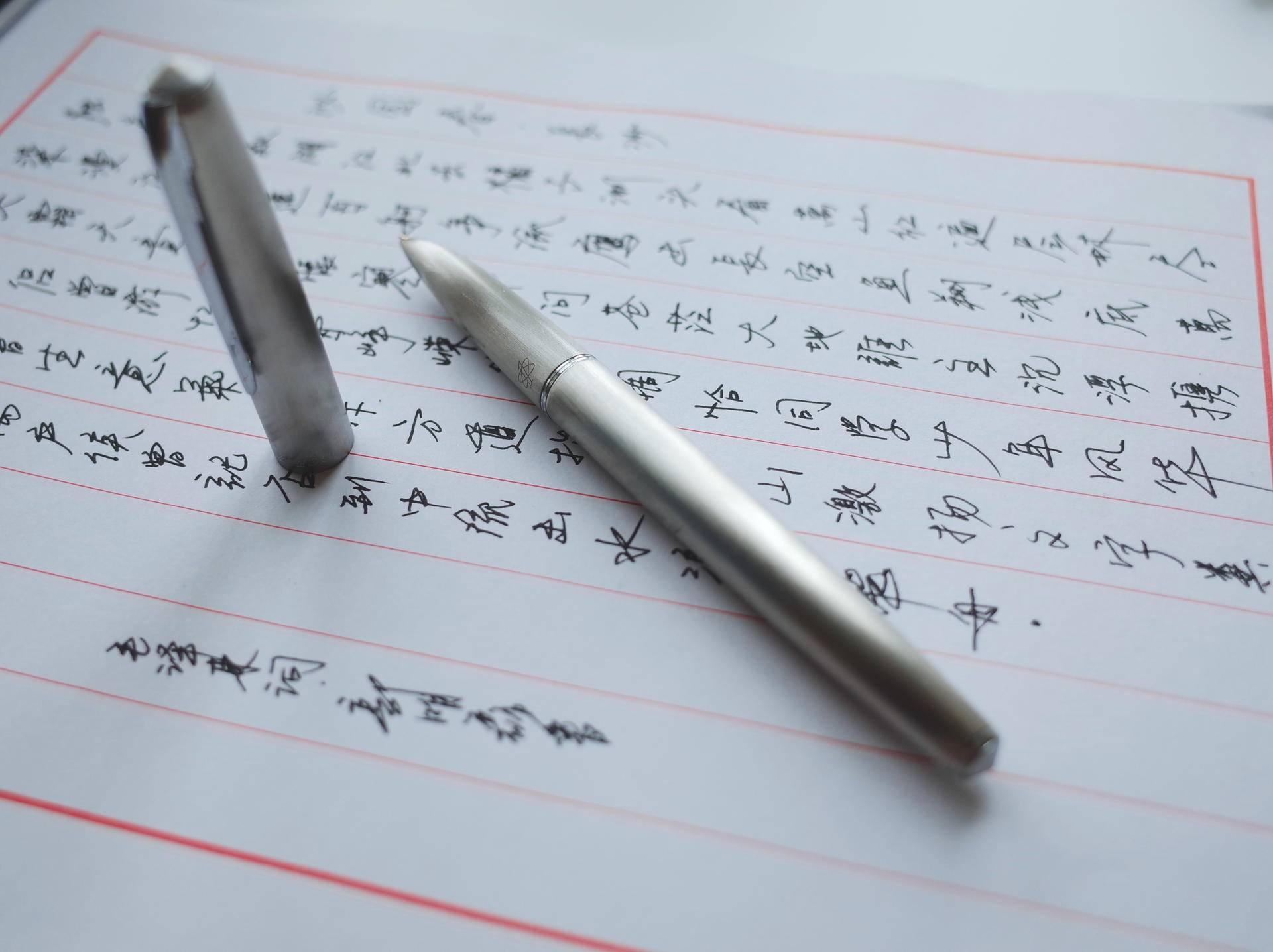
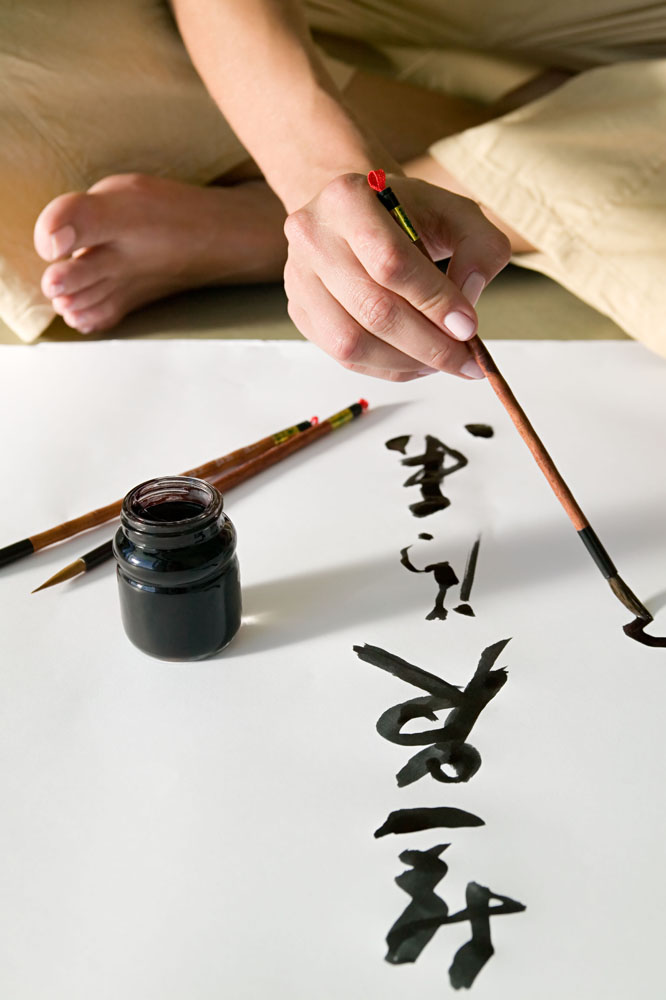
 京公网安备11000000000001号
京公网安备11000000000001号 京ICP备11000001号
京ICP备11000001号
还没有评论,来说两句吧...